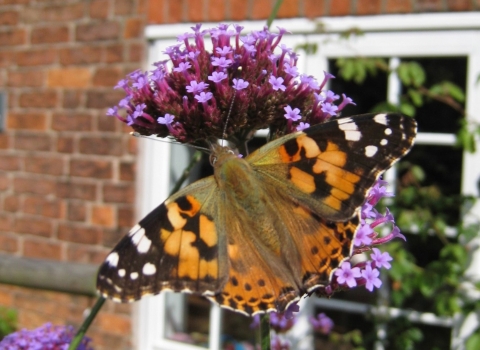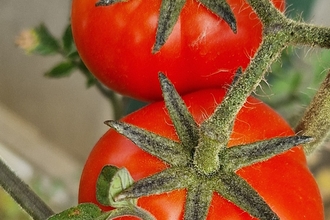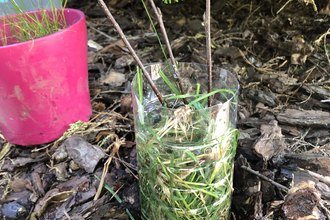Let’s get this out of the way first: I am not a gardener. While I love a garden and have had gardens in the past, my fingers are definitely not green - always more an emergency tidier. Now I have a space where I do what I can with pots and grow bags.
When preparing a talk on wildlife gardening, I went on a colourful research journey through websites and books . . .
You are probably already part of a Nature Recovery Network, so thanks. The Wildlife Trust movement is trying to encourage people to think about how all different kinds of land can be used to connect wildlife. Many people will not be in a position to influence how their local park is managed, or how the new housing estate is designed, but most people can improve their garden for wildlife.
When I started to write up my research, there was so much, that I have written a series of blogs. Hopefully they offer simple advice for people new to wildlife gardening. This one just includes some very basic tips. More specific advice can be found on our website or in future blogs.









